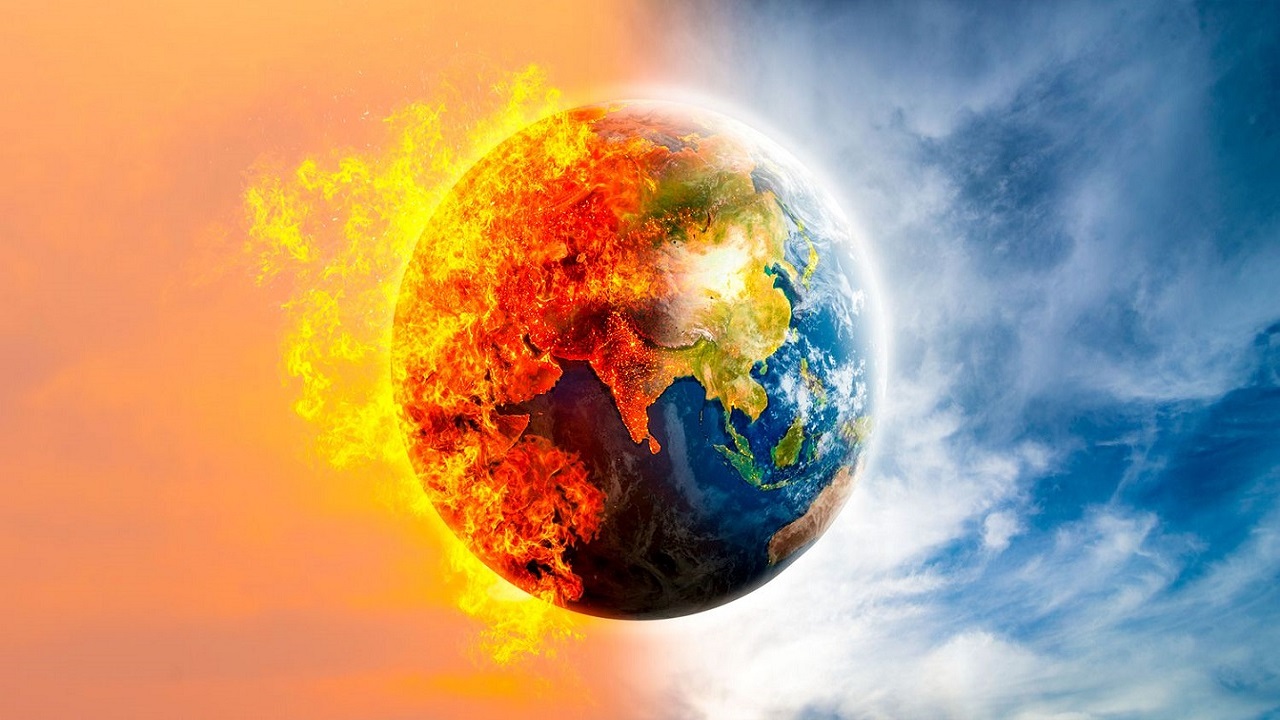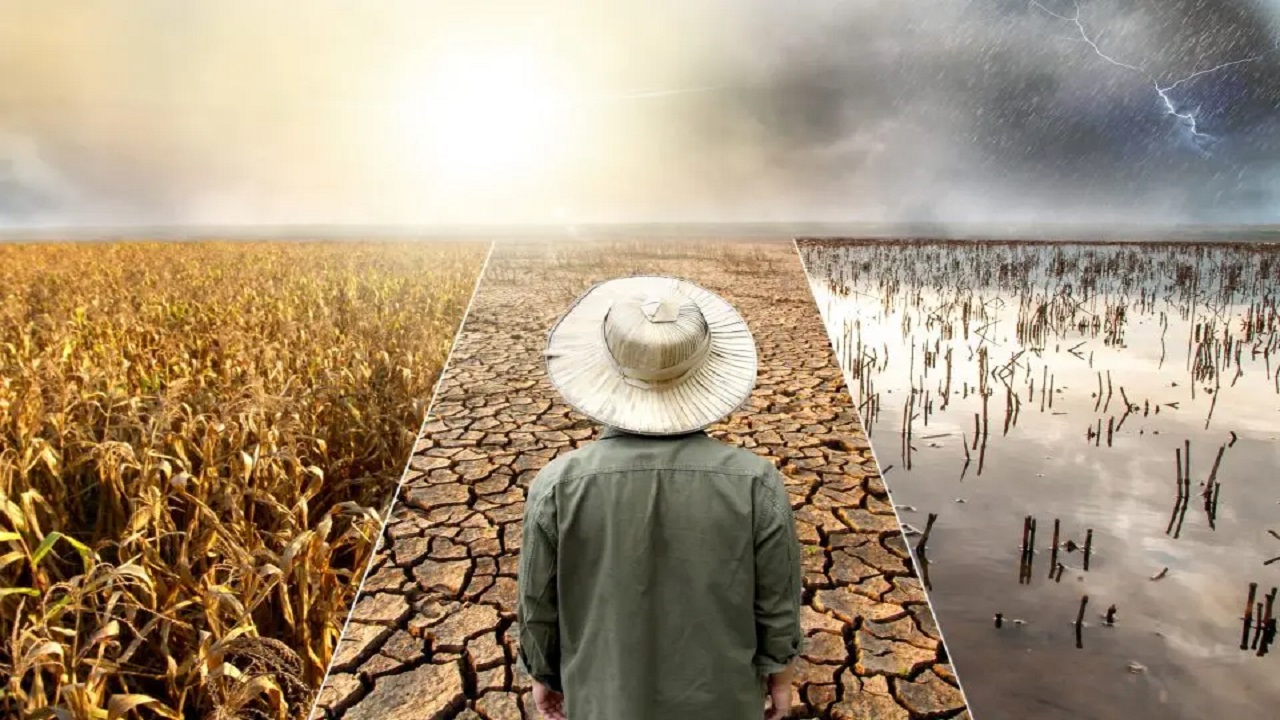Forest Fires and Carbon Balance: A Climate Emergency
Context:
In recent months, multiple states in the United States have simultaneously experienced tornadoes, wildfires, and dust storms. These are not isolated weather events but are part of a larger global pattern of increasing climate-related disasters. Among them, wildfires have emerged as a critical concern, affecting ecosystems, human health, and the planet’s carbon balance.
Global Trends in Wildfire Incidents
-
Forest fires are becoming increasingly widespread across continents.
-
The area affected by wildfires has increased by about 5.4% annually since 2001.
-
In 2023, nearly 12 million hectares of tree cover were lost due to wildfires.
Country-specific data:
-
United States: Forest fires have severely impacted homes and ecosystems in Texas, Oklahoma, Los Angeles, and California.
-
Japan: Witnessed its largest forest fire in three decades, burning over 5,200 acres near Ofunato in the north.
-
India: As per the India State of Forest Report 2024, Uttarakhand, Odisha, and Chhattisgarh recorded the most wildfire incidents.
-
Uttarakhand alone experienced 5,315 forest fires between November 2022 and June 2023.
-
Causes Behind the Rise in Wildfires
-
Rising Land Temperatures
-
According to the Indian Institute of Tropical Meteorology, India’s land surface temperature is rising steadily:
-
0.1°C–0.3°C per decade during the pre-monsoon season
-
0.2°C–0.4°C per decade during the post-monsoon season
-
-
-
Increased Heatwaves
-
Heatwaves are occurring earlier in the year, lasting longer, and moving more slowly.
-
Combined with prolonged dry spells, they make forests more vulnerable to fires.
-
-
Climate Change
-
Contributes to drier and hotter conditions, increasing the frequency and severity of wildfires globally.
-
-
Spontaneous Combustion
-
Under extreme heat, organic materials like dry leaves or grass may ignite naturally.
-
-
Agricultural Practices
-
Slash-and-burn methods used in farming can unintentionally spark large-scale fires.
-
-
Lightning Strikes
-
Natural cause of wildfires during dry seasons when vegetation is highly flammable.
-
Impact of Wildfires on Earth’s Carbon Balance
-
Radiative Power
-
The radiative intensity of recent wildfires has been ten times higher than the average recorded between 2003 and 2024.
-
-
Carbon Emissions
-
According to the Copernicus Air Monitoring Service, wildfires released 800,000 tonnes of carbon in January 2025 alone.
-
India’s forest fires emit approximately 69 million tonnes of carbon dioxide every year.
-
-
Destruction of Carbon Sinks
-
Forests, wetlands, and permafrost that once acted as carbon sinks are being destroyed, reducing their ability to absorb CO₂ and increasing atmospheric carbon levels.
-
Definitions:
-
Carbon Sink: A natural system that absorbs more carbon than it releases. Examples include forests, oceans, and soil.
-
Carbon Source: A system or activity that releases more carbon than it absorbs. Examples include wildfires and fossil fuel combustion.
Arctic Boreal Zone (ABZ): A Region of Concern
-
The Arctic Boreal Zone, the world’s largest land-based biome, includes tundra, wetlands, and coniferous forests.
-
Wildfires have transformed more than 30% of the ABZ from a carbon sink into a carbon source.
Regional contributions to new carbon emissions in ABZ:
-
Alaska: 44 percent
-
Northern Europe: 25 percent
-
Siberia: 13 percent
Thawing of Permafrost:
-
Wildfires are accelerating the thawing of permafrost.
-
This process:
-
Dries the soil
-
Raises the temperature of the topsoil
-
Alters vegetation cover
-
Releases trapped organic carbon into the atmosphere
-
What Lies Ahead: Strategy and Recommendations
-
Long-Term Urban and Regional Planning
-
Cities and regions must adopt scientific, climate-resilient strategies to reduce wildfire vulnerability.
-
-
Protection of Carbon Sinks
-
Prioritise the conservation of forests, wetlands, and permafrost zones to maintain Earth’s natural carbon balance.
-
-
Global Collaboration
-
International cooperation is essential to address the transboundary impacts of wildfires and climate change.
-
-
Addressing the Root Causes
-
Urgent efforts are needed to reduce greenhouse gas emissions, prevent deforestation, and promote sustainable land use practices.
-




Comments (0)